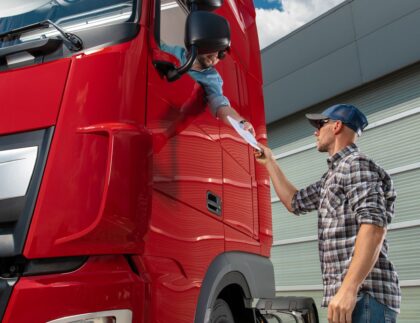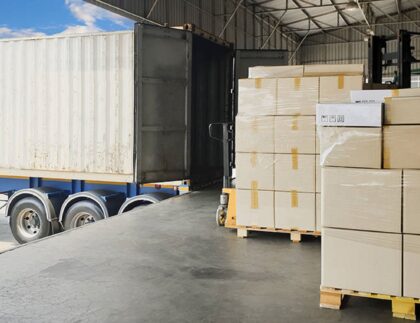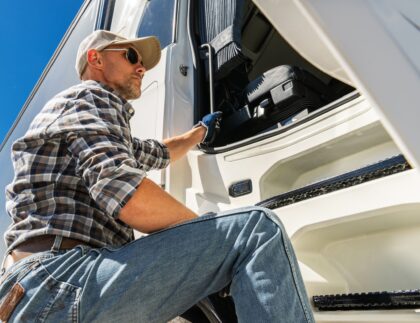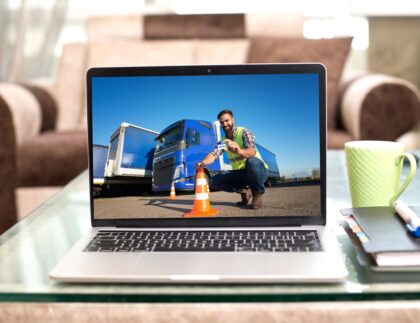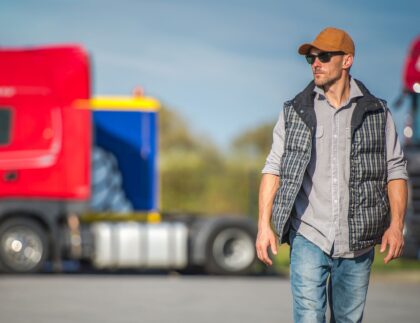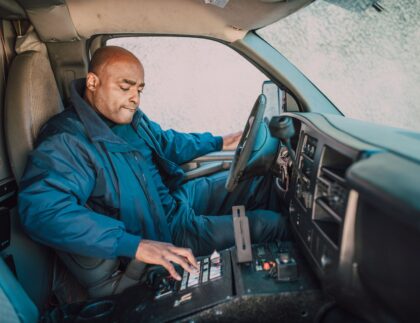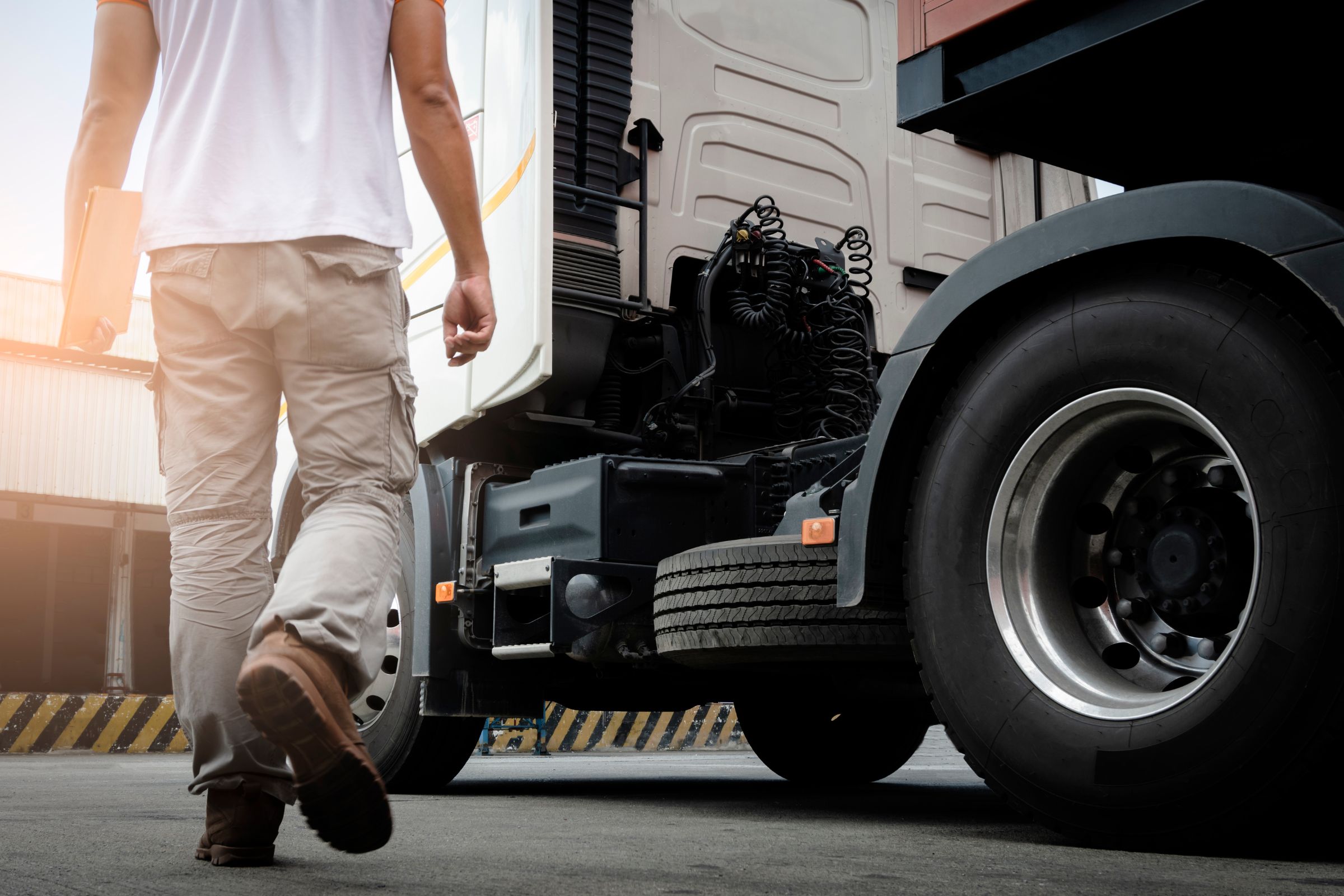
As the trucking industry evolves—with advances in automation and driver-assist technologies—one thing remains certain: human drivers CDL training continues to be the backbone of safety, judgment, and adaptability on the road. Effective CDL safety benefits don’t just come from learning to operate large trucks—they come from developing critical thinking, quick reflexes, and real-world driving experience that can’t be automated.
Why Human Drivers Are Still Essential
Even as vehicles incorporate self-driving features, human intervention remains vital. Autonomous systems may handle straightforward highway segments, but they often struggle with unpredictable, changing conditions—like detours, severe weather, or sudden road hazards. Human drivers bring intuition and situational awareness, allowing them to adjust to unexpected situations with speed and precision.
In addition, trucking requires interpersonal skills—like communicating with dispatchers, dealing with traffic officers, and performing routine inspections. Fully automated systems can’t interpret body language, negotiate safety situations, or build trust with employers and clients. These are distinctly human capabilities, cultivated through structured CDL school training programs.
How CDL Training Enhances Essential Driver Skills
Manual driving CDL training provides more than vehicle operation skills—it offers training in judgment, awareness, and adaptability. Students practice defensive driving techniques to foresee other drivers’ mistakes, navigate tight spaces efficiently, and respond correctly to equipment malfunctions or emergencies.
Smith & Solomon’s CDL driver future skills curriculum includes simulations of real-life road conditions—ice, heavy winds, mechanical failures, and nighttime driving scenarios. These exercises develop resilience and track awareness, preparing drivers to make calm, effective decisions under pressure—abilities that automated systems haven’t mastered.
Students also learn comprehensive pre-trip and post-trip inspection routines. Knowing how to spot safety issues—like brake wear, tire pressure changes, or fluid leaks—is an essential, human-driven task. Machine vision may assist, but a trained professional’s attention and judgment are still the global standard in vehicle safety protocols.
CDL Training Programs: Preparing You for Tomorrow’s Roads
Smith & Solomon’s CDL school training programs are designed to equip future drivers for a technology-assisted world—not to be replaced by it. Training begins in the classroom, building understanding of traffic regulations, log requirements, and load balancing.
Hands-on training takes place in real-world environments—city, highway, and constrained site driving—using the same vehicles you’ll be operating professionally. Simulators break down complex scenarios into repeatable learning opportunities, building muscle memory and response strategies that translate directly to real-world performance.
This blended model of virtual and in-vehicle learning ensures you graduate as a resourceful driver who can work alongside growing automation, maintain high safety standards, and stay adaptable in a dynamic industry.
Conclusion
The future of trucking isn’t about choosing between people and machines—it’s about combining the strengths of both. Human drivers CDL training delivers the adaptability, critical thinking, and situational awareness that autonomous systems can’t provide. CDL safety benefits aren’t just about avoiding accidents—they’re about being prepared for the unexpected.
By enrolling in robust training programs like those at Smith & Solomon, you’re making a long-term investment in your career. You’re gaining the kind of CDL driver future skills that ensure your relevance, reliability, and opportunity in an evolving transportation landscape.
If you’re committed to a career built on skill, safety, and forward-thinking expertise, CDL school training programs will prepare you to lead—and thrive—in the future of professional driving.
